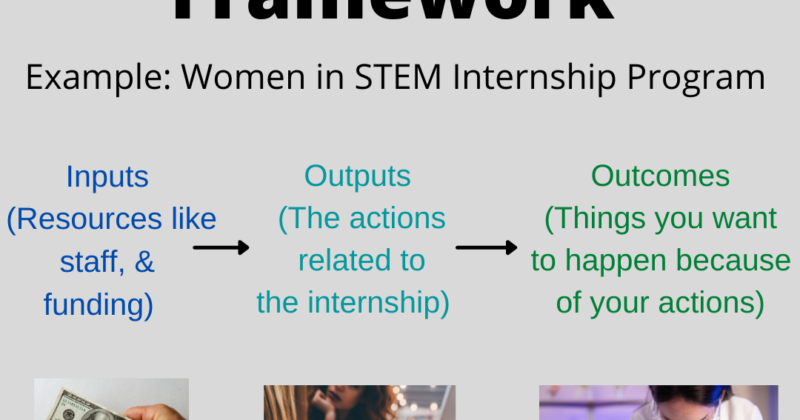
Improv for the Reluctant
I
I think nothing I have done has been met with more resistance than making people do improv activities! The amount of resistance that I am met with dramatically varies depending on the group dynamics. Here are a few things that I have observed about reluctance to do improv.
Introverts = More Resistance
The more self-proclaimed introverts in a group, the more resistance there will be to doing improv activities. Introverts generally need more processing time, so activities like improv games that require them to think and respond quickly are not typically their favorite thing. They also tend to like smaller groups or one on one interactions over larger group activities.
Improv muscles are like the muscles in your body; the more you work them, the stronger they get.
Group trust is critical.
There is less trust within newer teams, and therefore members are often more resistant to these activities than with more established teams.
If you, as a facilitator, are experiencing pushback around doing improv activities,...







